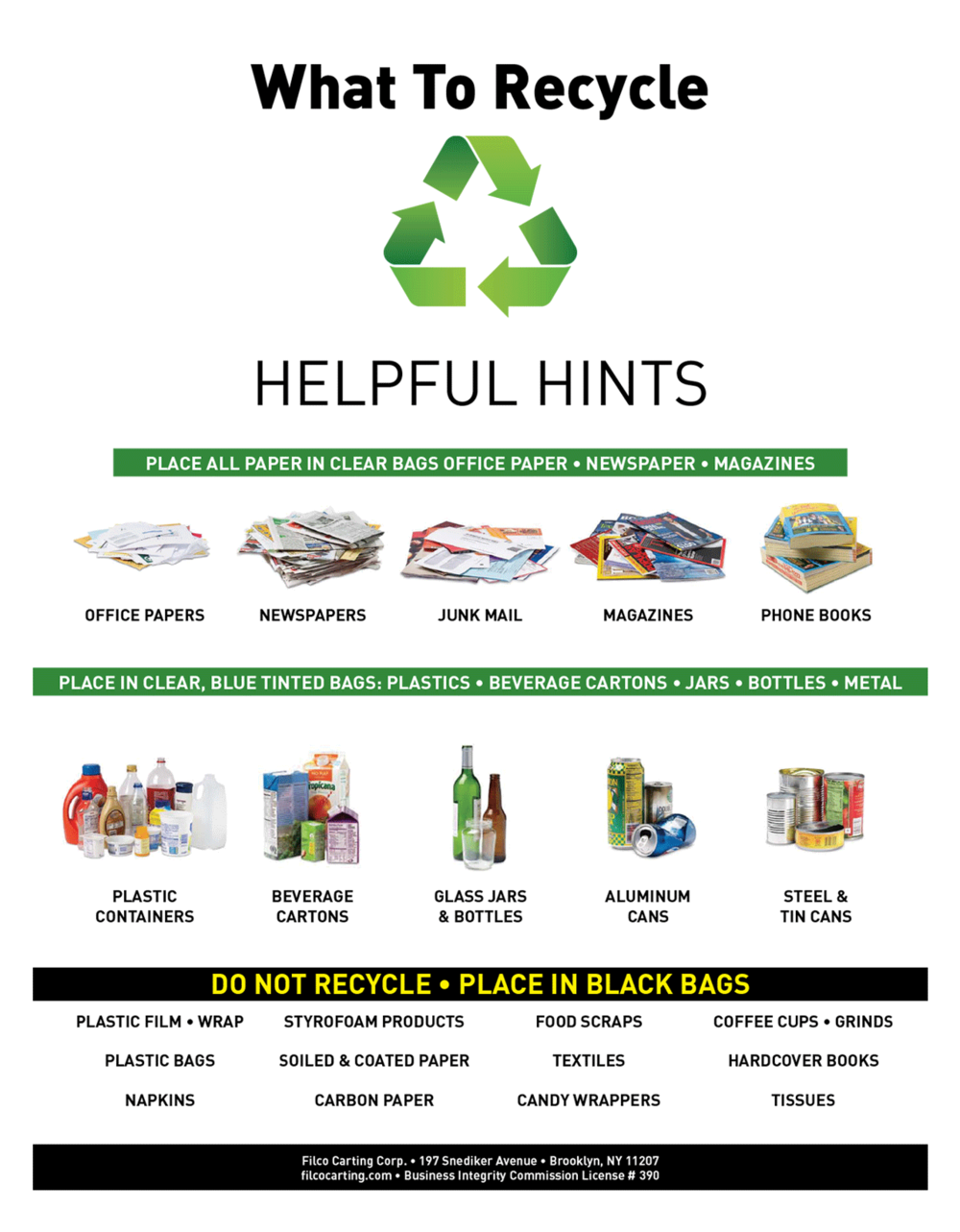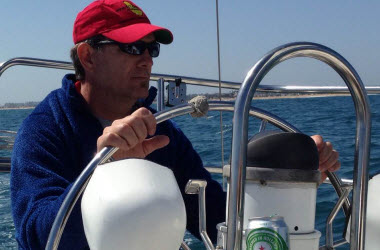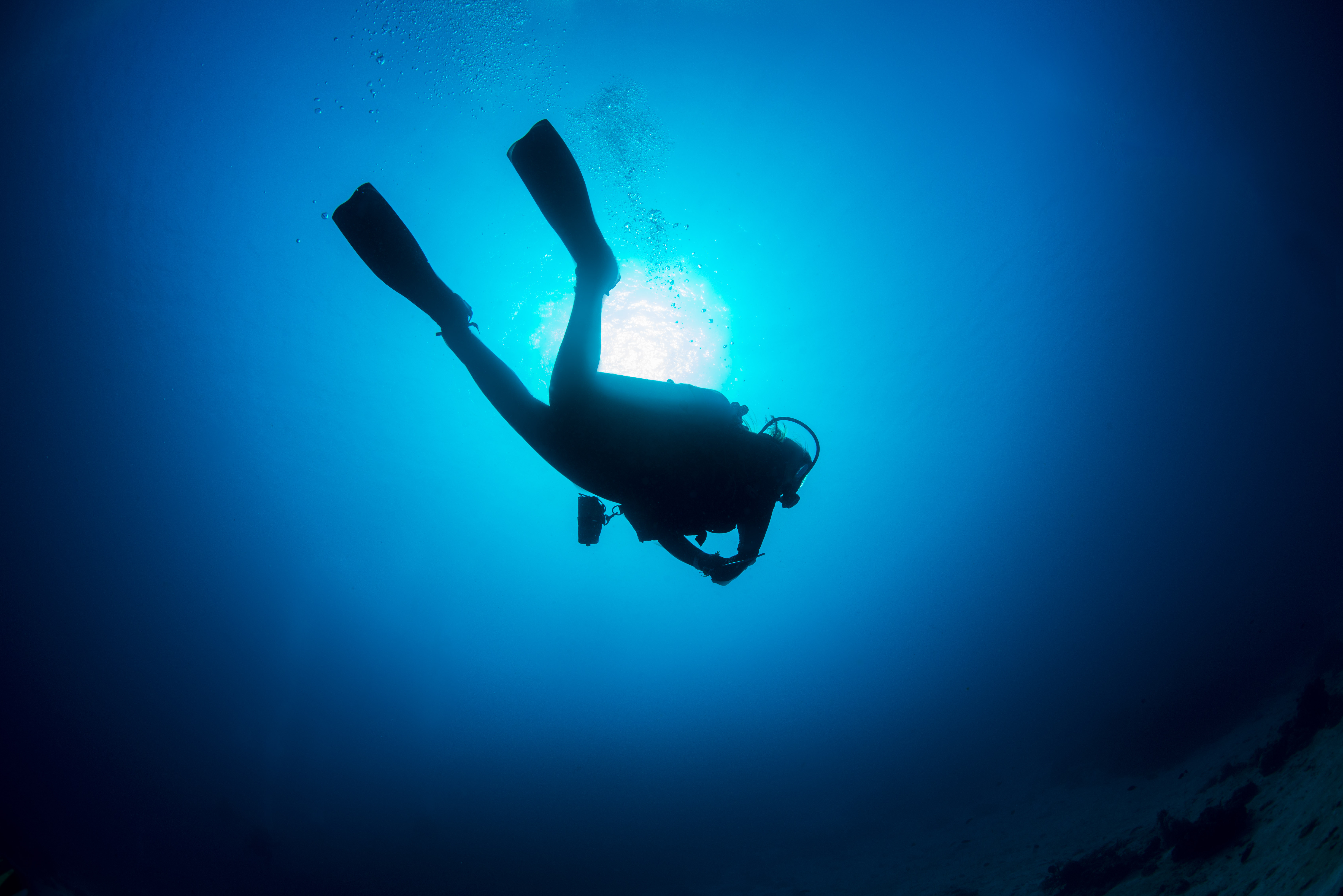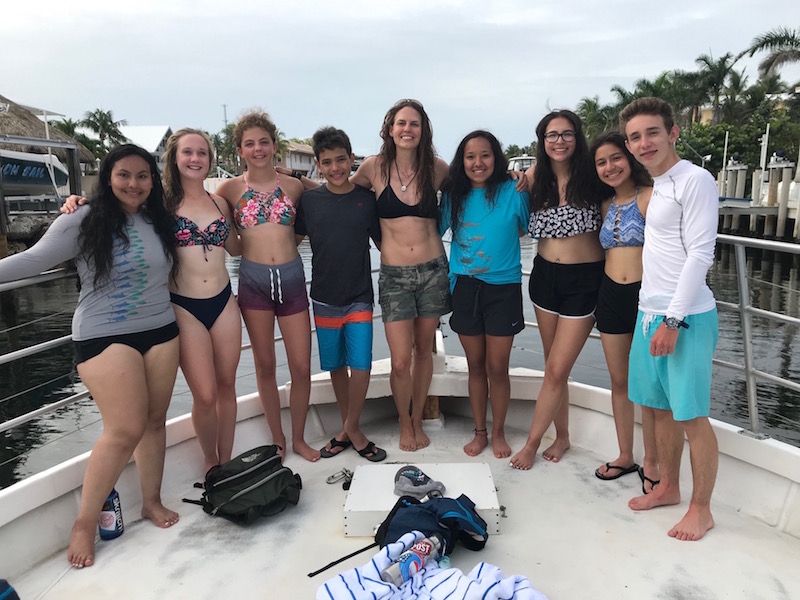July 10, 2018
It happens almost every week: I go to my apartment’s dumpster to dispose of my carefully sorted recycling bin and there it is, a pile of plastic trash bags bursting with a well-meaning person’s recycling. The concept of recycling has been so ingrained in our minds and yet we rarely stop to consider how the massive amount of single stream recyclables are handled once they leave our house. All of the paper, plastic, and aluminum items contained in those plastic trash bags will end up in a landfill because people do not know how to correctly identify their recyclables or properly dispose of them.

As a part of Ocean First’s relationship with local non-profit, Eco-Cycle, staff members were encouraged to attend a tour of our city’s recycling center. It was an eye-opening experience and one that I recommend everyone try to fit into their year. There are lasers, magnets, air pistons, and a giant washing-machine-looking machine that sort our waste based on physical size, material, and weight. Recycling guidelines are not one-size-fits-all, which makes sense once you witness the network of machines and people who do the sorting.
For example, Boulder’s recycling center recently invested in a new machine that allows them to accept thin plastic, such as yogurt lids. Most recycling centers do not have such machines, and any thin, flat plastics they receive end up in the landfill after briefly mucking up the system.
Another important note: the helpful little numbers circled by the universal recycling symbol are not as important as the actual size of the material they are printed on. It can be labeled as a number 4 but if it’s a large plastic child’s toy, it will not be accepted. Plastic bags are a universal no-no for single stream recycling, despite any labeling that indicates otherwise. They act like bubblegum stuck on a shoe and require the entire line to be temporarily shut down while workers clear them out. Instead, bag them all up and bring them to a grocery store or recycling center that has dedicated bins just for plastic bags. As for how to transport your recycling from home to dumpster? Cardboard boxes are great to use multiple times and then recycle once they start to deteriorate.
Finally, most recycling centers encourage the “when in doubt, throw it out” motto.
Do you know your city’s recycling guidelines? If not, take a moment to do a quick internet search. It’s an empowering experience for the modern eco-warrior.



